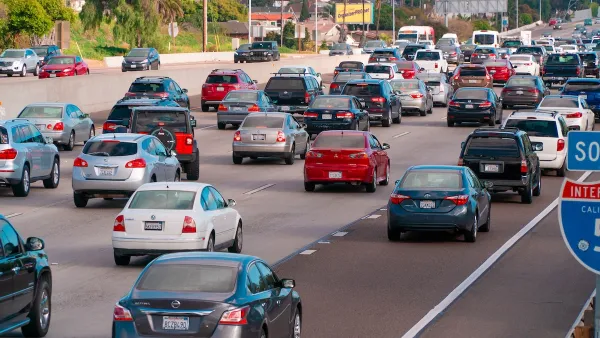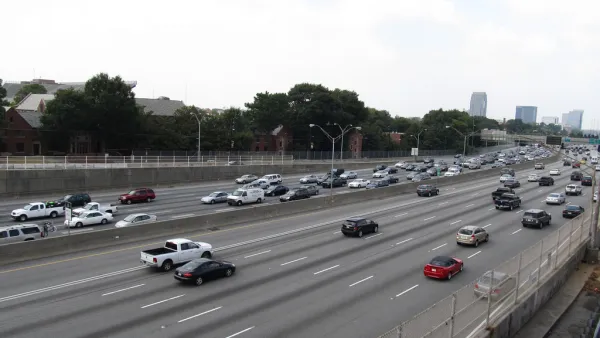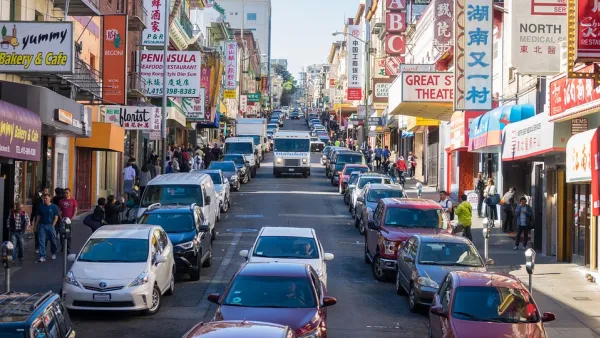The folks over at City Observatory brew up a "Cappuccino Congestion Index" to show that anything can be shown to cost Americans vast sums of money.

In a (partly) tongue-in-cheek analysis, Joe Cortright uses methods to estimate the cost of traffic congestion to examine another economic scourge: waiting in line for coffee. His grievance is clear. "It's annoying to queue up for anything, but traffic congestion has spawned a cottage industry of ginning up reports that transform our annoyance with waiting in lines into an imagined economic calamity."
Cortright writes, "we've applied the 'travel time index' created by the Texas Transportation Institute to measure the economic impact of this delay on American coffee drinkers [...] When you scale these estimates up to reflect the millions of Americans waiting in line for their needed caffeine each day, the total value of time lost to cappuccino congestion costs consumers more than $4 billion annually."
No one, Cortright says, expects Starbucks to scale up enough to eliminate its morning lines. "But strangely, when it comes to highways, we don't recognize the trivially small scale of the expected time savings (a minute or two per person) and we don't consider a kind of careful cost-benefit analysis that would tell us that very few transportation projects actually generate the kinds of sustained travel time savings that would make them economically worthwhile."
FULL STORY: The Cappuccino Congestion Index

National Parks Layoffs Will Cause Communities to Lose Billions
Thousands of essential park workers were laid off this week, just before the busy spring break season.

Retro-silient?: America’s First “Eco-burb,” The Woodlands Turns 50
A master-planned community north of Houston offers lessons on green infrastructure and resilient design, but falls short of its founder’s lofty affordability and walkability goals.

Delivering for America Plan Will Downgrade Mail Service in at Least 49.5 Percent of Zip Codes
Republican and Democrat lawmakers criticize the plan for its disproportionate negative impact on rural communities.

Test News Post 1
This is a summary

Test News Headline 46
Test for the image on the front page.

Balancing Bombs and Butterflies: How the National Guard Protects a Rare Species
The National Guard at Fort Indiantown Gap uses GIS technology and land management strategies to balance military training with conservation efforts, ensuring the survival of the rare eastern regal fritillary butterfly.
Urban Design for Planners 1: Software Tools
This six-course series explores essential urban design concepts using open source software and equips planners with the tools they need to participate fully in the urban design process.
Planning for Universal Design
Learn the tools for implementing Universal Design in planning regulations.
EMC Planning Group, Inc.
Planetizen
Planetizen
Mpact (formerly Rail~Volution)
Great Falls Development Authority, Inc.
HUDs Office of Policy Development and Research
NYU Wagner Graduate School of Public Service





























